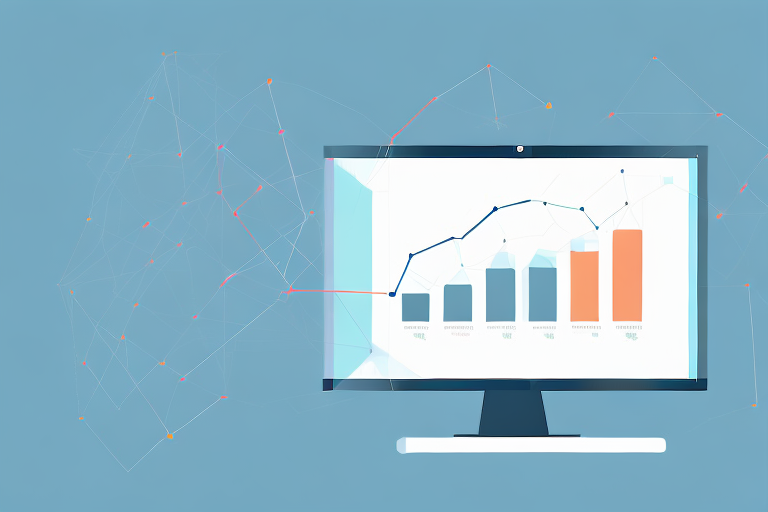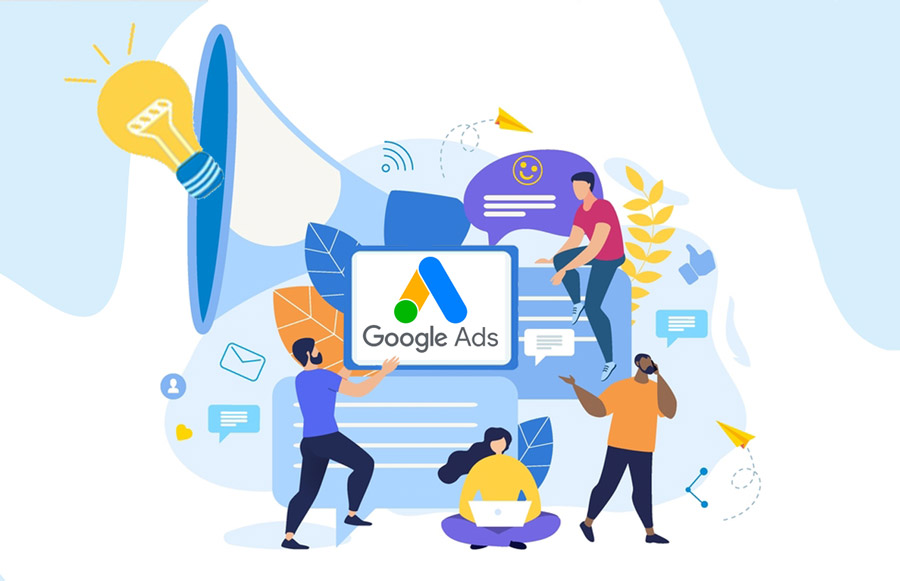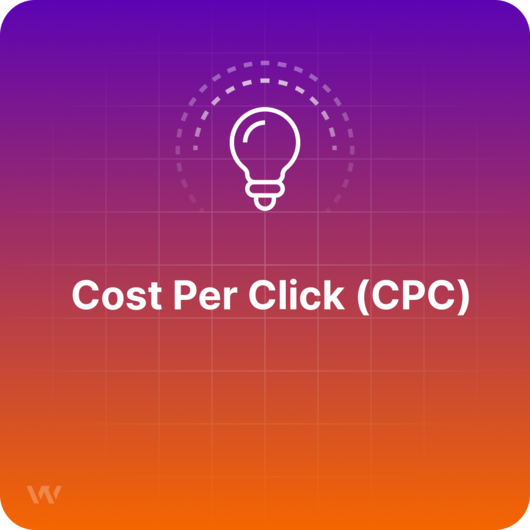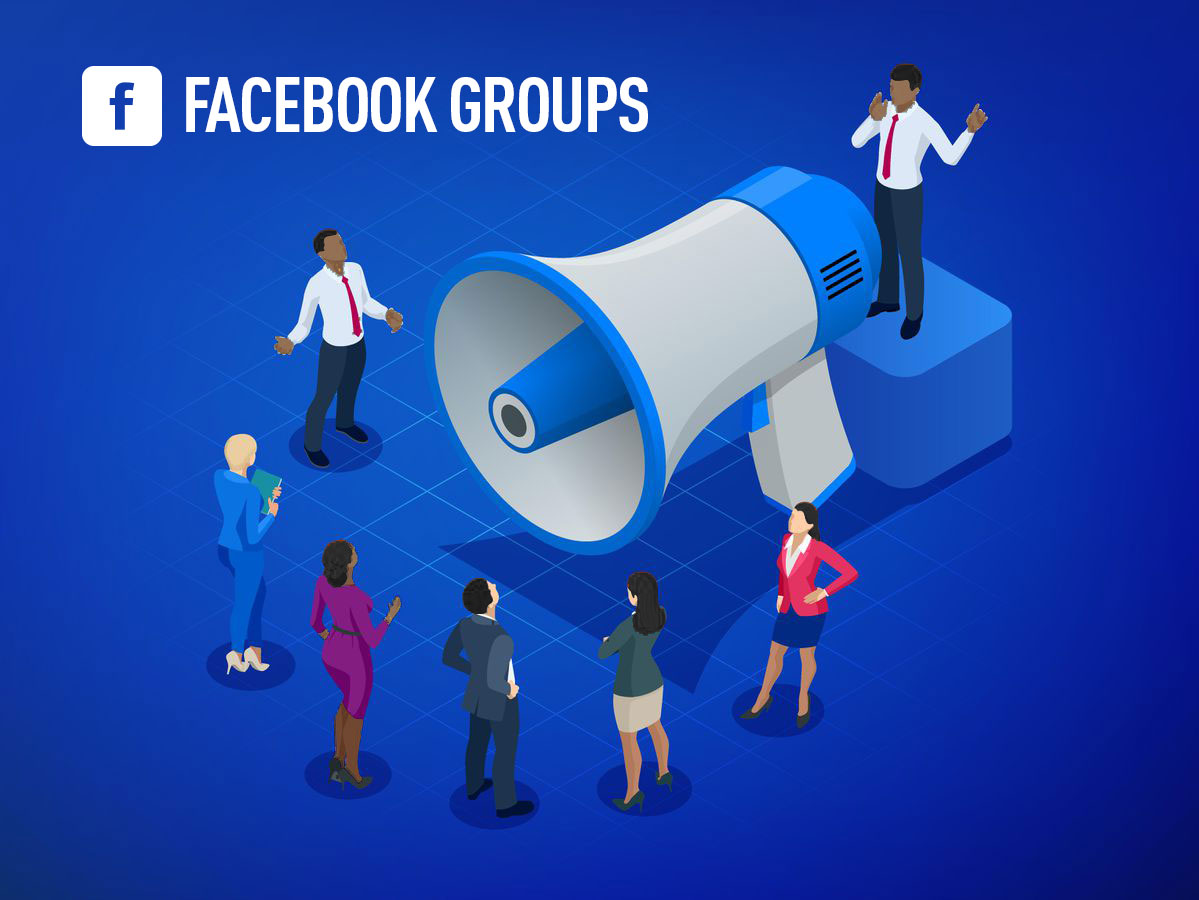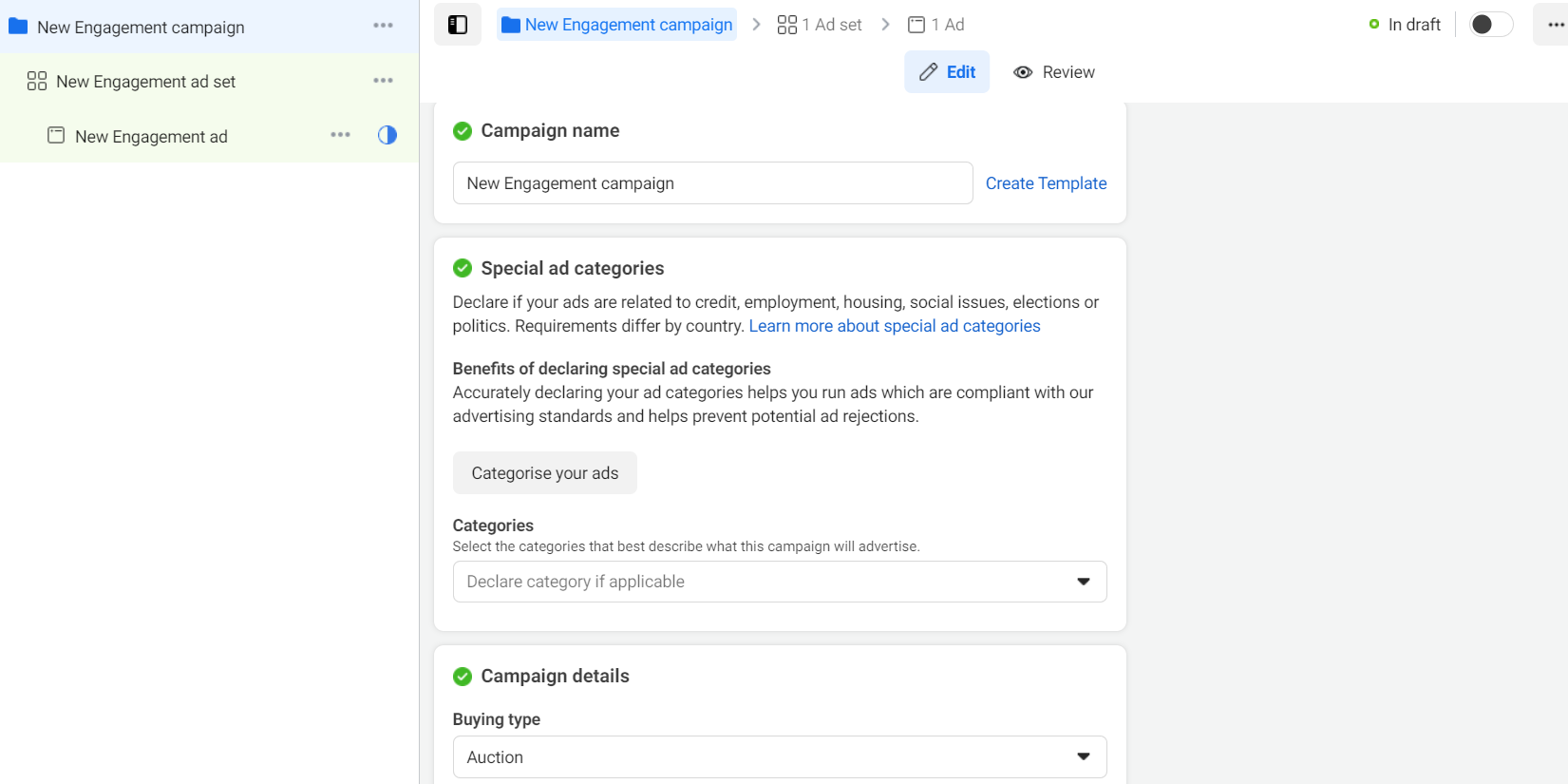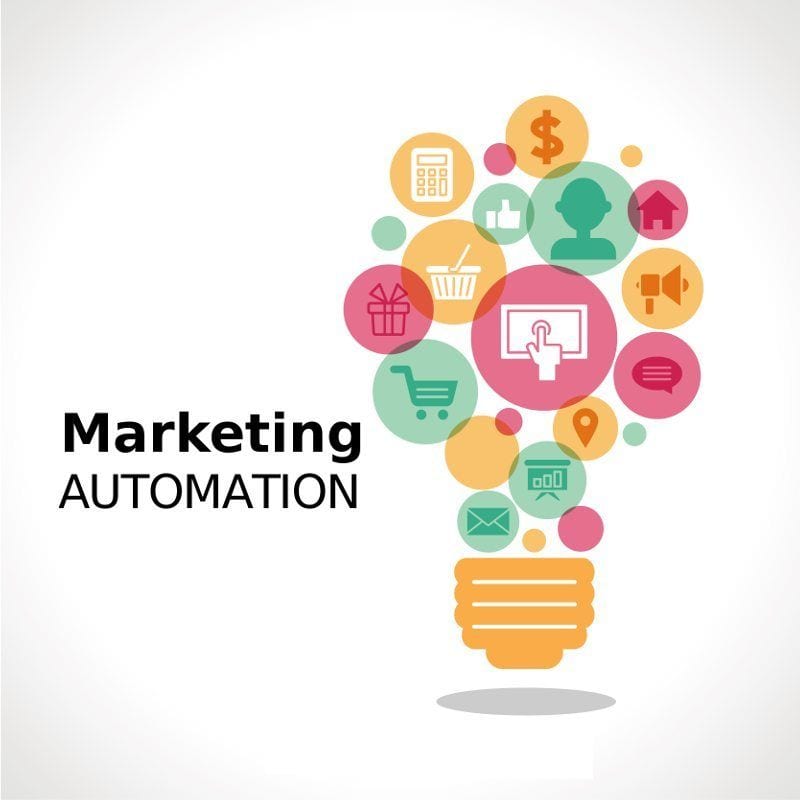Human AI: The Future of AI-Driven Interaction
Artificial Intelligence (AI) has rapidly evolved in recent years, and Human AI is one of the most innovative products to hit the market in 2025. This groundbreaking platform allows users to create AI-powered humans that can interact in real time, communicate in any language, and perform tasks such as customer support, sales closing, coaching, and much more.
With claims of zero API costs, no monthly fees, and a simple one-click setup, Human AI is generating significant buzz. But does it live up to the hype? In this comprehensive review, we will analyze Human AI’s strengths and weaknesses, its usability, pricing, potential applications, and whether it is truly a game-changer in the AI industry.

DOWLOAD
Key Features of Human AI
Human AI is marketed as the world’s first platform that allows users to create, customize, and stream AI-driven humans effortlessly. Here are its standout features:
-
AI Humans That Interact in Real-Time
-
Can engage in natural conversations with users.
-
Adapts to different contexts and responds intelligently.
-
Supports multiple use cases, from customer service to sales.
-
-
No API Costs, No Monthly Fees
-
Unlike many AI tools that require ongoing payments, Human AI offers a one-time purchase model.
-
Saves businesses money by eliminating subscription fees.
-
-
One-Click Setup and Integration
-
Easy embedding on websites, funnels, blogs, and e-commerce stores.
-
Requires no coding or technical knowledge.
-
-
Multilingual Capabilities
-
AI Humans can communicate in multiple languages with near-perfect accuracy.
-
Helps businesses reach a global audience without language barriers.
-
-
AI Learning From Any Source
-
Users can upload PDFs, DOCs, URLs, and books to train AI Humans.
-
Enhances the AI’s knowledge base, making it industry-specific.
-
-
Monetization Potential
-
AI Humans can be rented to companies for $19/hour.
-
Can be used for customer service, training, or automated sales.
-
-
30-Day Money-Back Guarantee
-
Risk-free purchase with a refund policy.
-
Strengths of Human AI
1. Easy to Use, Even for Beginners
One of the biggest advantages of Human AI is its accessibility. Unlike traditional AI systems that require programming knowledge, this platform is designed for everyone. The intuitive dashboard makes it easy to create and customize AI Humans without technical expertise.
2. Cost-Effective AI Solution
Many AI-powered customer service and automation tools charge hefty monthly fees. Human AI eliminates these recurring costs, making it an attractive option for businesses looking for a budget-friendly AI solution.
3. Versatile Applications Across Industries
-
E-commerce: AI Humans can answer customer inquiries, upsell products, and handle support.
-
Education: AI tutors can teach and engage with students.
-
Marketing: AI influencers and brand representatives can promote products 24/7.
-
Coaching and Training: AI Humans can conduct training sessions or webinars.
-
Healthcare: AI assistants can provide preliminary support and information.
4. Multilingual Communication Expands Market Reach
By eliminating language barriers, businesses can target international audiences without hiring multilingual staff.
5. AI Can Learn and Improve
Unlike static chatbots, Human AI adapts and learns from new information sources, making it increasingly intelligent over time.
6. Passive Income Potential
The ability to rent AI Humans for $19/hour opens up a unique income stream for users. Businesses can also automate sales processes, reducing the need for human intervention.
Weaknesses of Human AI
1. Limited Human-Like Expressions
While AI Humans can talk and respond intelligently, their expressions and emotions may still feel somewhat robotic. This can impact engagement, especially in industries requiring high emotional intelligence.
2. Dependence on Pre-Uploaded Data
AI Humans can only be as good as the information they are trained on. If provided with inaccurate or outdated data, their responses may be misleading or incorrect.
3. Not a Replacement for Human Interaction
Although AI Humans can handle various tasks, they lack human intuition and creativity. This means that certain roles, such as high-level sales negotiations or therapy sessions, may still require human professionals.
4. Initial Setup Learning Curve
Despite being user-friendly, new users may still take some time to understand how to train their AI effectively and optimize its responses.
5. Competition from Other AI Tools
While Human AI is innovative, there are other AI platforms like ChatGPT, IBM Watson, and Google’s AI that offer similar functionalities. Some businesses may prefer these established brands.
Pricing and Value for Money
Human AI follows a one-time purchase pricing model, which is a significant advantage over subscription-based competitors. Here’s a breakdown of its value proposition:
-
One-Time Payment vs. Recurring Fees: Most AI platforms charge monthly or yearly fees, which can add up over time. Human AI eliminates this cost.
-
Monetization Opportunities: The ability to rent out AI Humans for $19/hour means users can recoup their investment quickly.
-
Bonus Offers: Early adopters get access to a DFY (Done-For-You) Agency valued at $1,997, further increasing earning potential.
Considering these factors, Human AI offers excellent value for money, especially for businesses looking to automate and scale their operations.
Final Verdict: Is Human AI Worth It?
After analyzing its features, strengths, and weaknesses, Human AI stands out as an innovative tool with immense potential. It democratizes AI-powered automation, making it accessible to businesses and individuals who want to leverage AI without high costs or technical expertise.
Who Should Buy Human AI?
✅ Entrepreneurs looking to automate sales and customer service.
✅ Small businesses wanting to expand their reach with multilingual AI.
✅ Content creators and coaches who want to engage audiences efficiently.
✅ Agencies that want to offer AI-powered services to clients.
✅ Individuals looking for a passive income stream by renting AI Humans.
Who Might Not Benefit?
❌ Businesses that require deep emotional intelligence in customer interactions.
❌ Users who expect AI Humans to fully replace human employees.
❌ Those unwilling to invest time in training and optimizing AI responses.
Human AI is a game-changer in AI-driven automation, offering a cost-effective, scalable, and versatile solution. While it has minor limitations in expressiveness and adaptability, its benefits far outweigh its drawbacks. With a one-time payment model and no hidden fees, it provides incredible value for businesses and entrepreneurs looking to leverage AI for growth.
If you want to automate interactions, engage global audiences, and even generate passive income, Human AI is worth considering. Get started today and experience the future of AI-driven human interaction!


